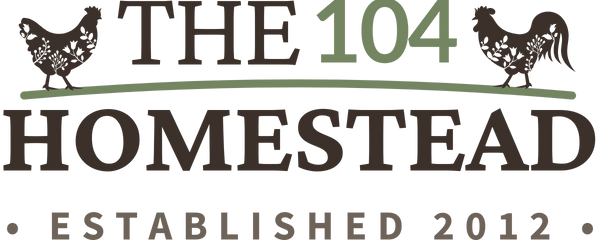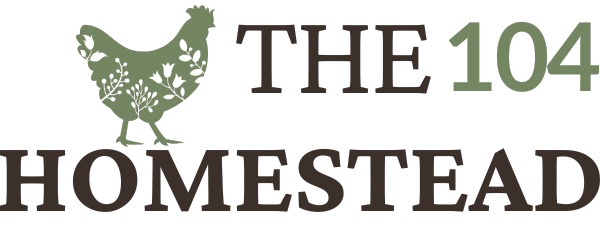Raising Quail on the Ground In a Coop + Pen or In an Aviary
See how raising quail on the ground can simplify your life. Read how to create an ideal natural environment for your quail.
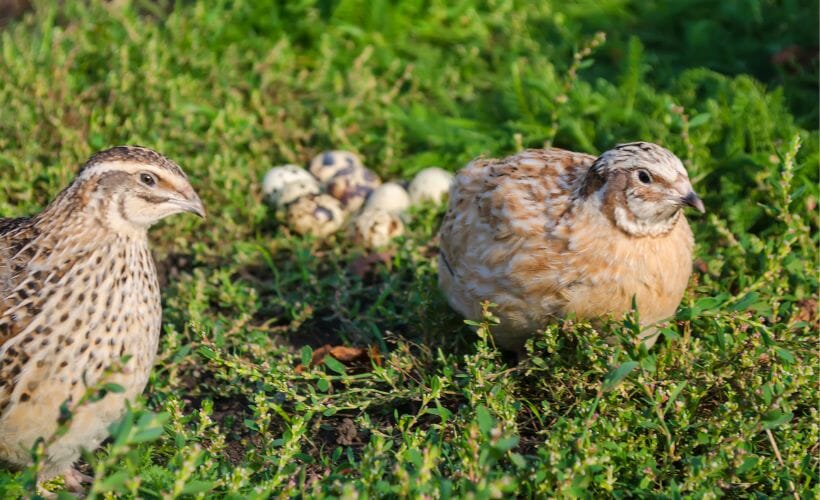
When I first decided to raise Jumbo Coturnix quail, I noticed through research that most quail were raised in wire cages or some cage resembling a rabbit hutch. This wasn’t how I wanted my quail experience to end up. The vision I wanted was for these little game birds to roam the grass hunting for bugs, much like they would do if they were living in the wild.
I knew I couldn’t free range due to sky predators and the chance of them flying away. There was this desire to implement housing covered with access to the ground.
Are you ready to take your homesteading operations to the next level? Prepare to change your approach with a new method gaining traction: raising quail on the ground. This game-changing practice brings environmental benefits, improves bird welfare, and simplifies management practices.
Why Raising Quail on the Ground is a Game Changer
Raising quail on the ground introduces a game-changing approach gaining widespread popularity. This method not only offers a multitude of benefits for the environment, but it also improves bird welfare and simplifies management practices. By exploring the advantages of ground-based quail farming, we can uncover the significant impact this practice has on sustainability, productivity, and profitability.
Environmental Benefits of Raising Quail on the Ground
Raising quail on the ground takes center stage when it comes to environmental benefits. Unlike traditional methods that confine quail to cages, this practice allows these birds to roam freely and interact with their natural environment. As a result, they can forage for their own food, reducing the need for commercial feed and minimizing the carbon footprint associated with commercial feed production. This shift towards a more natural diet benefits the quail and contributes to a healthier ecosystem.
Ground-based quail farming promotes soil health and fertility. As these birds explore and peck at the ground, they help aerate the soil and distribute natural fertilizers in the form of their droppings. This process enhances soil structure and nutrient availability.
Raising quail on the ground minimizes the use of chemical interventions. In a controlled environment like a coop or aviary, quail may be more susceptible to pests and diseases that require the application of pesticides or antibiotics. By allowing quail to inhabit the ground, they can access a complex ecosystem supporting a higher biodiversity level. This natural balance helps deter pests and reduces the need for chemical interventions, creating a healthier and more sustainable farming system.
Quail Are Healthier in Ground Coops & Pens
One important aspect of bird health is providing ample space for the quail to move and thrive. The birds can roam and explore their natural habitat with outdoor coops and pens. This allows them to exhibit natural behaviors, such as scratching and foraging, which keeps them mentally and physically stimulated and promotes better overall health.
To keep your quail healthy in their ground coops and pens, it is necessary to provide proper shelter and protection from the elements. A well-designed coop or pen should provide adequate insulation, ventilation, and protection from extreme temperatures, predators, and pests. By ensuring a comfortable and secure environment, you can minimize stress and promote the overall well-being of your quail.
Another key aspect of bird health is providing a balanced and nutritious diet. Quail require a varied diet that includes a mix of grains, seeds, greens, and protein sources. You can ensure that your birds receive all the necessary nutrients for optimal health and productivity by providing a well-balanced game bird feed and allowing the quail to forage in their natural environment to supplement their diet.
Regular monitoring and health checks are important for maintaining bird health in outdoor housing. You should observe your quail closely, looking for signs of illness or distress. By staying on the lookout and proactive, you can prevent potential problems and ensure the well-being of your backyard quail flock.
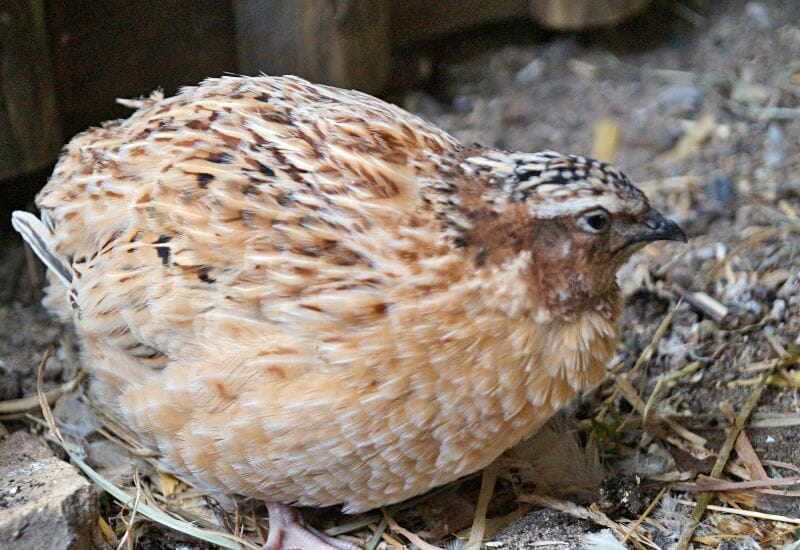
Raising Quail on the Ground Means Less Work for You
Planning and arranging the ground coop or pen is an important aspect of making quail care easier. It’s important to have a well-planned setup that optimizes space and allows for easy access and movement of both the quail and you. This includes providing hiding areas, shelter, feeders, and waterers that are strategically placed and easily accessible for maintenance and cleaning. Ensuring the coop or pen is secure, and predator-proof is also essential for the safety of the quail.
Efficient feeding and watering systems can significantly simplify quail care. Automated or semi-automated feeders and waterers can greatly reduce the time and effort required for daily tasks. We use nipple waterers attached to a gravity-fed rain barrel and upcycled containers with feed holes in our system. These systems ensure a consistent food and water supply and minimize wastage and contamination. Streamlining the feeding and watering process can save time and resources while keeping your quail well-nourished and healthy.
Ground coops and pens require regular cleaning to maintain hygienic conditions. You can prevent the buildup of harmful bacteria and parasites by removing quail manure and replacing bedding material. Managing waste effectively not only contributes to the overall health of the quail but also reduces odors and potential disease transmission. If you allow plenty of space for your quail, you may find a living groundcover is even easier.
Maximizing Productivity & Profitability in Quail Farming
Optimizing various aspects of your setup is necessary to maximize productivity and profitability in quail farming. One key consideration is the choice of the housing system, whether it be a mobile tractor, stationary coop, or aviary. Each option offers advantages and disadvantages, allowing you to tailor your choice to your specific needs and goals.
A mobile tractor, for instance, provides the flexibility to move the coop to different areas of your farm, allowing your quail to graze on fresh grass and access different forage sources. This can enhance their diet and overall health, leading to improved productivity.
On the other hand, a stationary coop provides a more permanent structure that offers stability, security, and ease of management. This option allows for greater control over the environment, ensuring consistent temperatures, ventilation, and protection from predators.
An aviary may be ideal if you want to scale up your quail farming operations and increase production. Aviaries provide larger living spaces for your quail, promoting better mobility and exercise. This can result in healthier birds, enhanced egg production, and increased profitability. However, it’s important to consider the additional costs associated with constructing an aviary.
Frequently Asked Outdoor Quail Housing Questions
Raising quail on the ground comes with some situations you might not experience when you’re used to raising quail indoors. Here are some questions I’m often asked.
How much space does a quail need?
Many guides recommend 1 square foot per bird, regardless of breed. While technically, that is enough space, I’m of the school of thought that the more space you can provide, the healthier and happier your birds will be, and the less work will be required of you to maintain their housing. We provide 1 square foot of space for quail chicks in our brooders and 2 square feet for each mature hen and rooster in the aviary.
How hard is it to catch a quail outdoors?
Quail are incredibly fast birds, but as prey animals, they usually respond one of two ways when confronted with something they deem dangerous. Their first instinct is usually to flush (or rocket themselves quickly up and away from the danger). If they do this outside of containment, stay calm because they often immediately go to option two: freeze. After the initial flushing, the quail will hunker down and freeze, and you can pick them up and return them to their housing.
How do you set up a quail habitat outdoors?
The most important factor to consider is the safety of your birds. A quail habitat should be protected from predators, and it is essential to make sure that there are no openings large enough for predators to access. Rats and weasels can fit through some pretty tiny holes. To do this, build a wire mesh fence to surround your quail habitat and use hardware cloth at the base of the fence to keep predators out. An apron of wire on the ground surrounding the pen or aviary may be wise. Additionally, create appropriate coverings and hideaways to shield your quail from the elements and provide a safe, comfortable environment. I like to use plants for this purpose. Plants that are chicken-safe are also quail-safe.
For bedding, you can use natural coverings like woodchips, grass, sand, or my favorite: clover.
Choosing Between a Mobile Tractor, Stationary Coop, or Aviary
Choosing the right housing system for your quail farming operation is a critical decision that can impact the success and productivity of your venture. When it comes to raising quail on the ground, you have three main choices: a mobile tractor, a stationary coop, or an aviary. Each option offers unique benefits and drawbacks that you should carefully consider before deciding.
The Pros & Cons of Quail Aviaries
An aviary may be ideal if you want to scale up your quail farming operations and increase production. Aviaries provide larger living spaces for your quail, promoting better mobility and exercise. This can result in healthier birds, enhanced egg production, and increased profitability. Quails housed in an aviary have ample room to fly, forage, and exhibit natural behaviors, which can contribute to their overall well-being and productivity. Large aviaries are the most natural way to raise quail on the ground.
However, it’s important to consider the additional costs associated with constructing and maintaining an aviary. Aviaries require more materials and labor compared to mobile tractors or stationary coops. Additionally, the design and construction of an aviary must consider predator protection, ventilation, and proper drainage. Regular cleaning and maintenance of the aviary can also be more time-consuming and labor-intensive.
The Pros & Cons of Quail Tractors
On the other hand, mobile tractors offer the advantage of mobility. These structures are designed to be easily moved around your farm, allowing your quails to forage on fresh grass and insects. The mobility of a tractor provides your quails with a constantly changing environment, which can enhance their diet and overall health. However, mobile tractors may have space limitations compared to aviaries or stationary coops. Consider the size of your flock and the availability of suitable forage when opting for a mobile tractor. Remember that tractors must be relocated every few days to keep the ground from being stripped of foliage and matted with quail poop.
Learn more about quail tractors with Redemption Permaculture.
The Pros & Cons of Quail Coops with Ground Pens
Stationary coops provide a stable and secure structure for your quails. These coops can be built to accommodate various flock sizes and customized to meet your specific needs. Stationary coops offer easier access for monitoring and managing your quails, making daily care and maintenance tasks convenient. However, remember that the quails will be confined to a smaller area than an aviary, which may affect their mobility and exercise levels.
Check out this discussion on creating a rotational pen setup with a stationary quail coop. There are some cool ideas in there!
Ultimately, the choice of housing system should be based on factors such as available resources, farm size, management capabilities, and long-term goals. By carefully evaluating your specific needs and considering the pros and cons of each option, you can make an informed choice that aligns with your objectives and maximizes the productivity and profitability of your quail farming venture.
The Few Cons of Raising Quail on the Ground
The primary downside to raising quail on the ground is the risk of predators. Even if the area is well-fenced, a determined predator can find its way inside the enclosure. You may have to deal with a few predators in your area, including foxes, coyotes, raccoons, rodents, and household pets.
Additionally, the ground can become muddy and slippery when wet, making it difficult for the birds to move around and maintain balance. There is also the potential for parasites to build up in the soil, posing health risks for the birds. Finally, keeping a close eye on the birds outdoors is much harder than indoors, where they can be monitored more closely. Finding your quail eggs may also be hard when they are tucked into hidden nooks and crannies.
These drawbacks can be remedied, but it can be an ongoing process.
Recommended Reading
- Ground–Raised Quail by Carole West is a complete guide to raising quail in a natural environment for the purpose of eggs and meat. This book is perfect for homesteaders, farmers, and those with backyards seeking self-reliance.
- Raising Quails Naturally by Trevor Ollsen shows you how to make the perfect habitat and select the right quails for your yard. It provides tips that will allow you to give your quails the very best life.
If you’ve found value in this blog post and enjoyed reading it, why not share it with your Pinterest community? Pin the image below and spread the love!
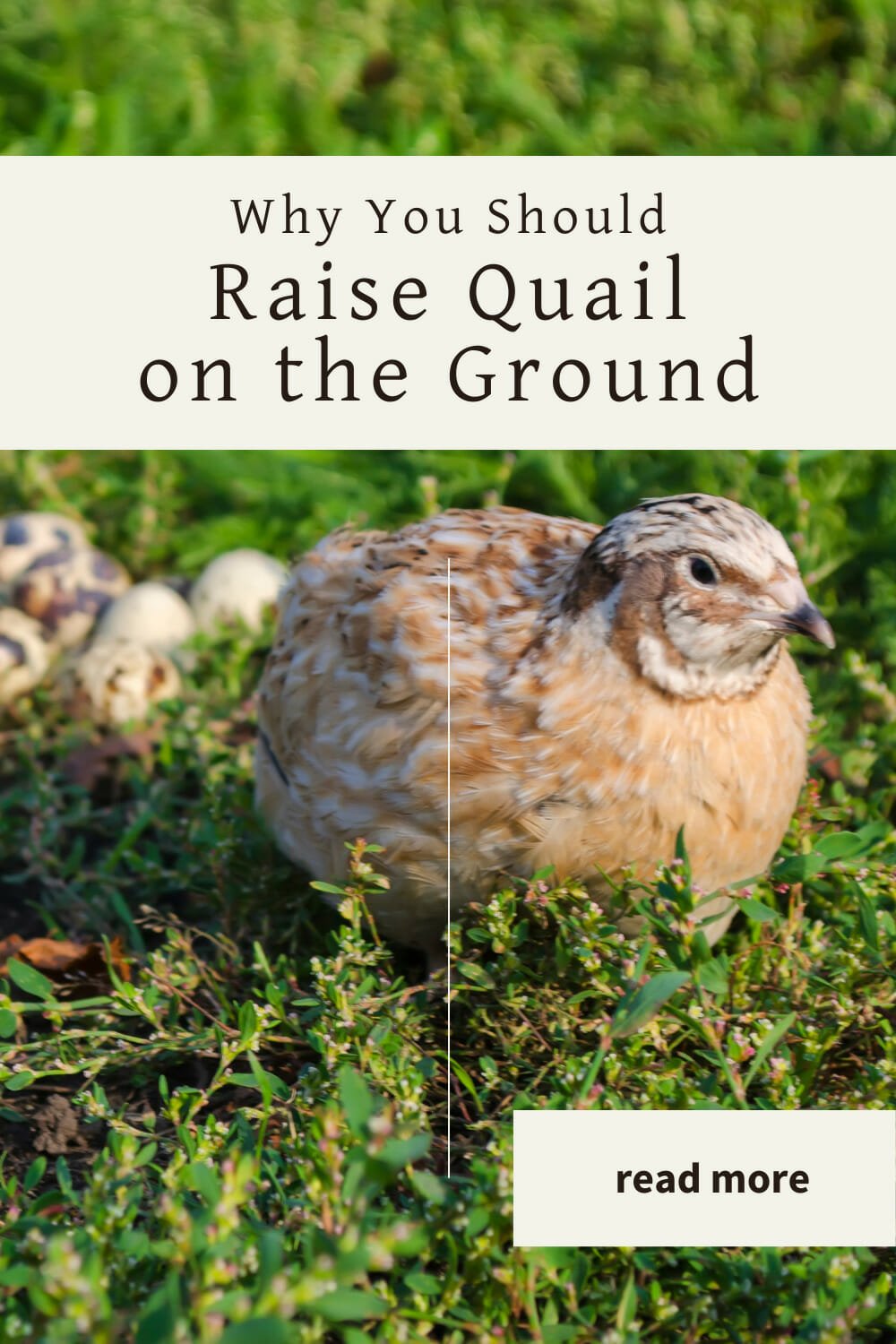
As you weigh your options and make this crucial decision, remember that your chosen housing system will significantly impact your quail’s health, welfare, and productivity. Making a well-informed choice will set the foundation for a successful and rewarding quail farming journey.
Looking for even more tips on raising Coturnix quail? Check out my dedicated site, Forget-Me-Not Quail Farm, for feeding guides, housing tips, and everything you need to keep your covey thriving. And for a quick-start guide to avoiding common quail-keeping mistakes, grab a copy of my book 5 Mistakes New Quail Owners Make. It’s packed with practical advice to help you raise happy, healthy quail!
